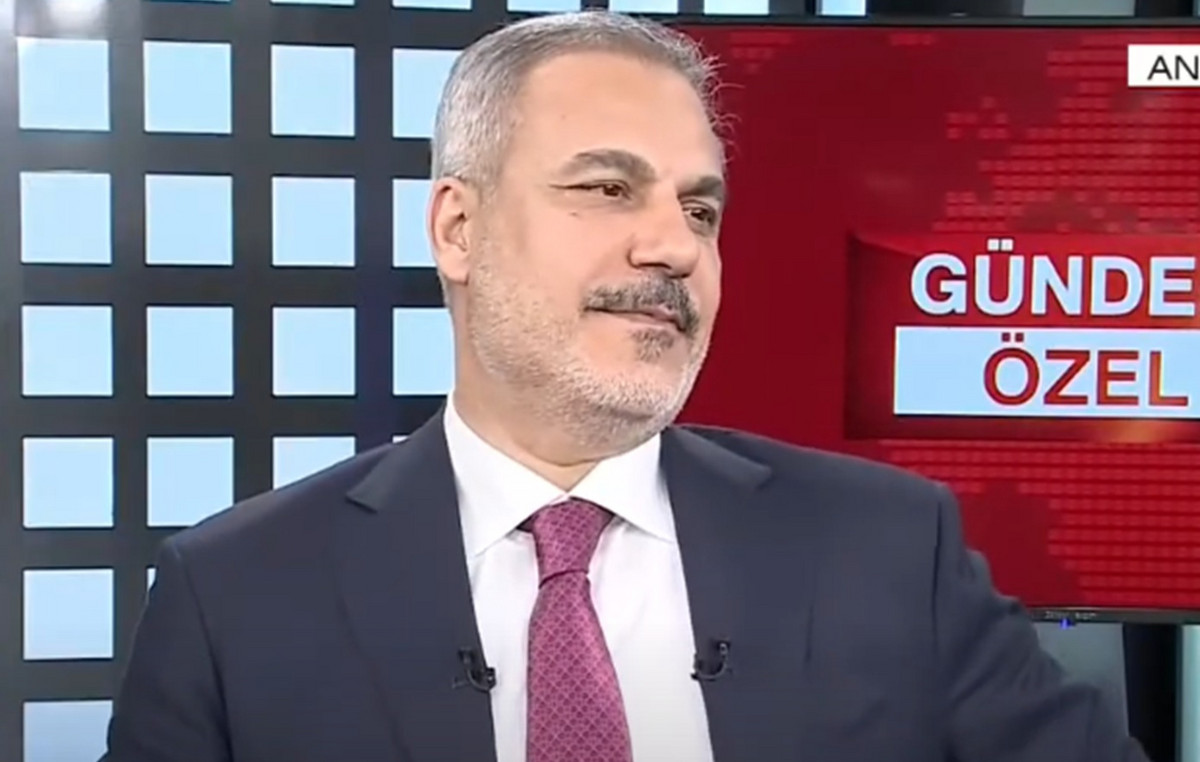Since its launch on November 16, 2020, Pix has transformed payment methods. Since then, the system, designed for individuals, has reached small and medium-sized companies and, more recently, has also become a business for banks and fintechs, which have tried to provide solutions with the tool. It is the installment of payments via Pix.
“It’s very easy for you to arrange the Pix service. The Pix idea did not come from the banks, it came from the BC. And after the success they saw that they had no alternative but to join”, said financial education specialist Cássia D’aquino.
According to her, the pandemic boosted e-commerce, which was already gaining strength, and this is reflected in the new modalities of installment payments over the internet.
“In addition to being practical, the internet allows consumers to better weigh prices, payment options, and visit other producers. The options are bigger and more varied.”
Pedro Noll, commercial and marketing director at BoletoFlex, told CNN Brasil Business that, when he founded the company with his partners, in 2019, Pix did not yet exist and the focus was on the payment of bills in installments.
With the creation of the system, however, fintech began to offer installment services through Pix, which, in a short time, became the company’s flagship.
“Currently, 75% of our operations are via Pix, against 25% of boletos. This customer migration facilitated the coverage of incoming payments and helped the decentralization of financial services,” said Noll.
BoletoFlex offers the option of installments in 4 installments without interest or in 24 installments with interest from 1.99%. The minimum transaction amount is R$100, while the minimum installment is R$50.
“We thought that our audience would have an older profile, of people used to the digital card, who could migrate to Pix. But in fact, 70% of consumers are between the ages of 18 and 35, and they often don’t even have a credit card,” he said.
A survey carried out by Brazilian fintech Pagaleve with more than a thousand Brazilian consumers shows that young people really dominate transactions through Pix.
According to the survey, people aged 25 to 34 are the ones who most use installments through the BC payment tool, representing almost 40% of consumers.
Next, consumers who most use Pix in installments are in the 35-44 age group (37%).
Regarding the users’ income, the survey showed that those who use the modality the most have an income between R$ 1,000 and R$ 2,000, representing 28% of the group.
Regarding the profile of companies, the survey shows that the ones that most adopt the service are small and medium-sized companies.
Among the 46 retailers analyzed, the small ones represent 35% of the total, while the medium ones are 30%, and the large ones, 13%.
Banks bet on Pix
Since the end of last year, BC’s instant payment tool has registered more than 1 billion of transactions every month, in the country. The record took place in December 2021, when it reached 1,463,265,548. In February of this year, 1,367,981,508 operations were recorded, maintaining the second best position.
The mass adhesion to Pix made even traditional banks to offer products in the credit service segment through the tool.
Among the “banks”, Bradesco was a pioneer in the launch of the credit modality via Pix, one year and two months ago. Until March of this year, the bank informed the CNN Brasil Business which served 850 thousand customers, totaling R$ 170 million.
The fourth quarter of 2021 showed the greatest expansion, with a 71% increase in the number of operations (364 thousand) and a 75% increase in the volume carried out (R$ 69.9 million).
The bank charges interest from 2.36% per month for the service, and with a term of up to 60 months to pay, according to the client’s profile and operation characteristics.
Last month, Santander launched the “Divida o seu Pix” tool, a credit option available exclusively through the bank’s application.
The minimum contract value is R$ 100 and the maximum value is limited to pre-approved conditions for the client. The bank announced that it is possible to split up to 24 installments, with 59 days for the installments to start being debited directly from the current account.
“In 2021, we saw operations via Pix increase by up to 5.3x between January and December. Considering individual and corporate clients, more than R$ 100 billion were transacted”, said Luciana de Aguiar Barros, director of Credit Products for Individuals at Santander.
Fees range from 2.09% per month. The service is intended for individual customers of Santander and the transfer can be directed to the accounts of individuals and legal entities.
Itaú informed the CNN Brasil Business that “does not respond to requests on this topic”.
The transformation of the payment book
It was not only Pix that brought about changes in the modality of credit. The traditional payment books also gained digital guise to maintain a share of the market in e-commerce.
Fintechs have accelerated the online credit analysis process and modernized security systems.
“When we started with Boletoflex, in 2019, there was no Pix, and we saw foreigners talking a lot about the so-called ‘buy now pay later’. Therefore, our idea was to bring installment plans to the digital world, as this option almost did not exist in Brazil”, said Pedro Noll, commercial and marketing director at BoletoFlex.
“Consumers want something more agile, and that’s what makes the online world different. So waiting cannot happen. Keeping that in mind, we had two main challenges: doing the credit analysis in real time and working to not fall for fraud attempts,” he added.
The businessman said that security mechanisms were created, such as social logins, from accounts on networks such as Facebook and Google, mandatory selfies to confirm identity, analysis of past accounts, among others.
According to him, the system takes up to 5 minutes to provide the customer with credit and complete the verification of the anti-fraud mechanisms for the 100% digital booklet.
Noll believes that payment books still represent an important share of the market, and that the company does not intend to close operations with boletos in the long term.
For Patrícia Palomo, resource manager and adviser to Planor, services that provide this modality contribute to a part of the population that does not use credit cards.
“There is a part of the population that prefers not to use the card, it is a choice, but there is a huge portion of people who simply do not have access to credit,” he said.
“This is because it is very difficult for institutions to estimate the risk of default for those who do not have a history of income, current account, etc. They use this information to assess the risks to the consumer, and this makes this part of the market stay out of the market and resort to the booklet”, added Palomo.
Trend
For financial education specialist Cássia D’aquino, after two years with the economy in shambles due to the pandemic, people are expected to take advantage of the flexibilities that have been occurring and this will be reflected in trade.
D’aquino considers that the risk of seductive credit offers, in a population with a high percentage of default, is precisely to increase the number of people who fail to pay their debts.
“There is a trend of default after 4 months, this is not a rule, but indicators show that this is what usually happens because people forget to pay and, thus, new debts accumulate”, he pointed out.
According to her, the consumer’s primary concern should be to consider why they are making that purchase, regardless of the credit offers they receive.
“Pix has become a national passion. He really had a very strong following. On the other hand, credit card defaults increased, which caused a bad feeling,” D’aquino said.
“We have no reason to believe that with Pix, default will be different. You have to have planning, otherwise default will just change places,” he concluded.
According to a February survey by Serasa, the number of defaulters in Brazil exceeded 65 million for the first time since the beginning of the pandemic.
The sum of the amounts of all debts reached BRL 263 billion, exceeding by BRL 4 billion the amount recorded at the peak of the pandemic, in 2020.
Among those in debt, the largest number is concentrated among the youngest, aged between 26 and 40 years (35.3%).
Source: CNN Brasil
I am Sophia william, author of World Stock Market. I have a degree in journalism from the University of Missouri and I have worked as a reporter for several news websites. I have a passion for writing and informing people about the latest news and events happening in the world. I strive to be accurate and unbiased in my reporting, and I hope to provide readers with valuable information that they can use to make informed decisions.







